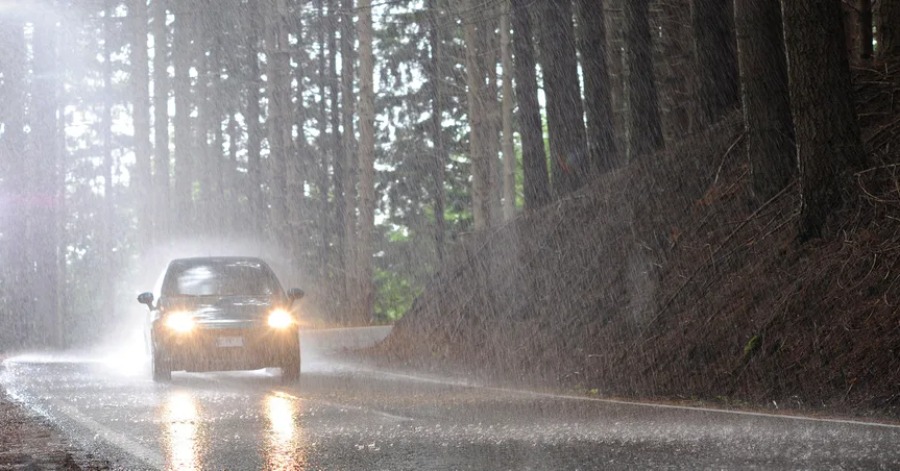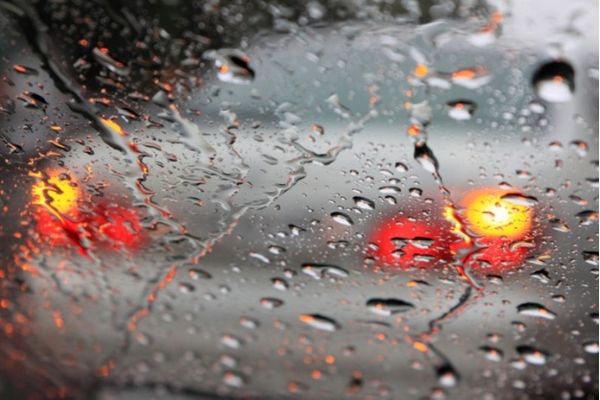
To recover from hydroplaning, do not panic or brake suddenly – this will only worsen the situation. Worn tires and incorrect tire pressure make hydroplaning a risk at lower speeds, so be sure to keep your tires in good condition. Never use cruise control on a wet road, as your vehicle may accelerate if tires lose connection with the asphalt. You can avoid hydroplaning by reducing your speed on wet and rainy days. The faster you are traveling, the greater the likelihood that hydroplaning will occur, as speed creates “lift” and reduces your car’s grip on the surface of the road. Contrary to common belief, vehicles can hydroplane on a film of water just one-tenth of an inch deep.


This hazard occurs when your car hits a pool of water fast enough to glide across its surface. Hydroplaning causes partial or complete loss of steering and is a risk when water accumulates on the roadway. Use your brakes with caution, in a gentle and controlled manner, to avoid sliding on a slippery road. Be mindful of slick roads and reduce your speed when the roadway is wet. Slightly damp roads can pose more of a hazard, as the water may loosen oil and chemicals which have become ingrained in the asphalt. Water collecting in pools on the road is dangerous, though thankfully, relatively easy to spot. Always use low-beams in this situation, as high-beams will reflect off the moisture in the air and cause glare.Įven a very small amount of water can turn the surface of the road into an ice rink. Grime on headlights can make them up to 50 percent less effective and you will need them in tip-top condition when driving through heavy rain. To compensate for low visibility, reduce your speed and make sure your headlights, taillights and windshield are all clean. Whether traveling during light rain or torrential downpour, drivers will have to contend with reduced visibility and slippery roads. Wet weather always makes driving more hazardous. It is essential to reduce your speed and drive “within the reach of your headlights”, otherwise you will not have time to react to hazards as they enter your field of vision. Stick to low-beam headlights in built-up areas and when you are in close proximity to other drivers.

However, you must never use high-beams in close quarters with other road users, as you may blind them and cause an accident. On rural roads and open highways, your high-beam headlights will maximize visibility. As the winter months approach and the days grow shorter, you will often need to compensate for poor visibility and additional hazards.ĭriving safely at night hinges on maintaining a reasonable speed, and appropriate use of headlights. In darkness, it is much harder to see and be seen by other drivers. Night drivingĭriving at night is far more difficult and dangerous than driving during the day, primarily because your visibility is dramatically reduced.
#WHEN DRIVING IN HEAVY RAIN DRIVERS SHOULD USE MANUAL#
When your visibility or vehicle control are impaired by adverse conditions, the guidance provided here and in your state’s driving manual will help you handle the situation. Unfortunately, hazardous conditions can occur in any climate and during any season, despite your best efforts to avoid them.


 0 kommentar(er)
0 kommentar(er)
